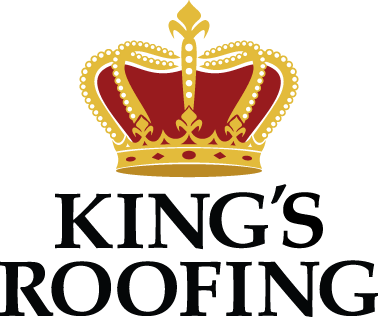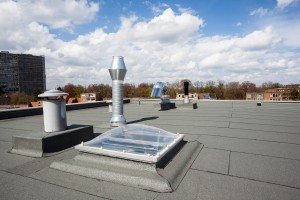Roofing Needs Require Some Math
There’s more to getting roofing installed or repaired than just the supplies and the physical labor. A good deal of planning, measuring, and information gathering comes first so that time, money, and labor aren’t wasted because, for instance, not enough shingles were ordered. Since it can be easy to make a mistake in measuring for a DIY project, homeowners often leave the numbers to a roofing contractor equipped with the right tools. A bit of math can help determine a likely price for the project and work out a budget, though.
Understanding the various design elements of a roof can help avoid math mistakes that will throw off your budget. Ridges, hips, and valleys are self-evident – the highs and lows where roofing sections meet – but the dormers, extensions of the home from the roof, may add an extra complication. The pitch is vital to measure as well; this is the slope of the roof, given in the rate of vertical elevation in inches for every 12 inches of horizontal run.
One mistake to avoid is using the home’s square footage alone in calculating roofing materials needed. The pitch of the roof means that the length of the rafters, and thus the surface area of the roof, will be higher than the square footage of flooring. Roofing contractors either use more advanced equipment to easily measure the roof dimensions, or they measure the pitch and use the ratio to calculate the length of the rafter.
With these numbers, the roofing contractor and you can work out the necessary amount of materials to get the job done. The math continues here, as you’ll need shingles or panels, underlayment such as felt paper, and nails. Roofing supplies are typically sold in 100 square foot portions, referred to as simply “squares”. Altogether, this will tell you how much to expect for the material costs so that you can prepare a budget and anticipate the contractor’s quote when labor costs are factored in.

